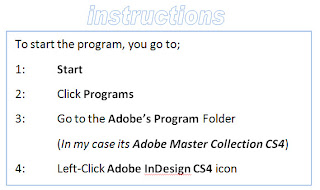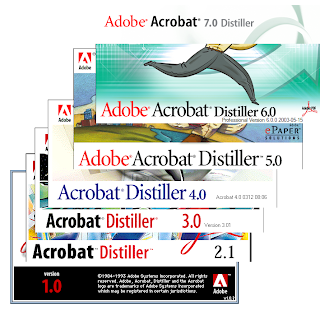This is a simple tutorial but it is targeted towards those who don’t have any idea on how they could extract a sound file (audio) from a video. This short tutorial will basically introduce those of us who have this “How To” question in mind solve our problem. It has all the steps mentioned supported with illustrations and I believe there won’t be a problem for anyone who wishes to have a go with this tutorial.
For this tutorial I have used Version 2.0 of Adobe Audition but you can also do this with the earlier version.
Let us begin the tutorial.
For this tutorial I have used Version 2.0 of Adobe Audition but you can also do this with the earlier version.
Let us begin the tutorial.
1: STARTING ADOBE INDESIGN
Go to Start > Programs > Adobe Audition (see the illustration below)
 |
| Figure 2.Adobe Audition V2. Multitrack View |
After you click the audition icon, the application will be opened and you will see a window like the one on the left in front of you.
This window is a default window which you will use during your sound editing.
Now let’s move on
* Let’s assume that we have a video clip (by a local artist) and we wanted to get only the music or audio part of that music which we will burn onto a CD or into our MP3s for us to carry around.
Now, in front of us is the Audition Main window. Usually the default view which you will be facing every time the application starts is called the Multitrack View (Figure 2 above). On the top you will see all the menus beginning from File, Edit, Clip, View, Insert, Effects, Options, Window and Help.
The Multitrack View enables you to record audio on multiple tracks by overdubbing. When you overdub tracks, you listen to previously recorded tracks and play along with them to create sophisticated, layered compositions. Each recording becomes a new audio clip on a track.
We won’t be saying a lot on that but our aim is to extract the audio from a video file so let’s start with that. Before we actually create an audio file we should first get the video file into Audition and how do we do that? Let’s look at step 2.
Now, in front of us is the Audition Main window. Usually the default view which you will be facing every time the application starts is called the Multitrack View (Figure 2 above). On the top you will see all the menus beginning from File, Edit, Clip, View, Insert, Effects, Options, Window and Help.
The Multitrack View enables you to record audio on multiple tracks by overdubbing. When you overdub tracks, you listen to previously recorded tracks and play along with them to create sophisticated, layered compositions. Each recording becomes a new audio clip on a track.
We won’t be saying a lot on that but our aim is to extract the audio from a video file so let’s start with that. Before we actually create an audio file we should first get the video file into Audition and how do we do that? Let’s look at step 2.
2: INSERTING/ IMPORTING AUDIO
Go, click the Insert Menu > down to Audio from Video (see illustration)
After you click the audition icon, the application will be opened and you will see a window like the one on the left in front of you.
This window is a default window which you will use
during your sound editing.
Now let’s move on
This window is a default window which you will use
during your sound editing.
Now let’s move on
3: EXTRACTING AUDIO FROM VIDEO
A pop-up window appears. This is where
you locate your video file. So you select
your destination folder (folder where your
video file is located), select your file, and
then click Open.
you locate your video file. So you select
your destination folder (folder where your
video file is located), select your file, and
then click Open.
(Illustrations on the left; pop-up window)
Now you will have the audio extract from the video and placed onto one of the tracks in the Multitrack View. The first task is done. We want to get a copy of it so let’s save our extract.
(Figure below shows the audio inserted into track 1)
4: SAVING AUDIO
Let’s save our audio now. Go to the File Menu> down to Export > & Click Audio Mix Down. (See figure below)
You will see a pop-up window. Select the destination (where you want to save the audio file) and click Save.



































